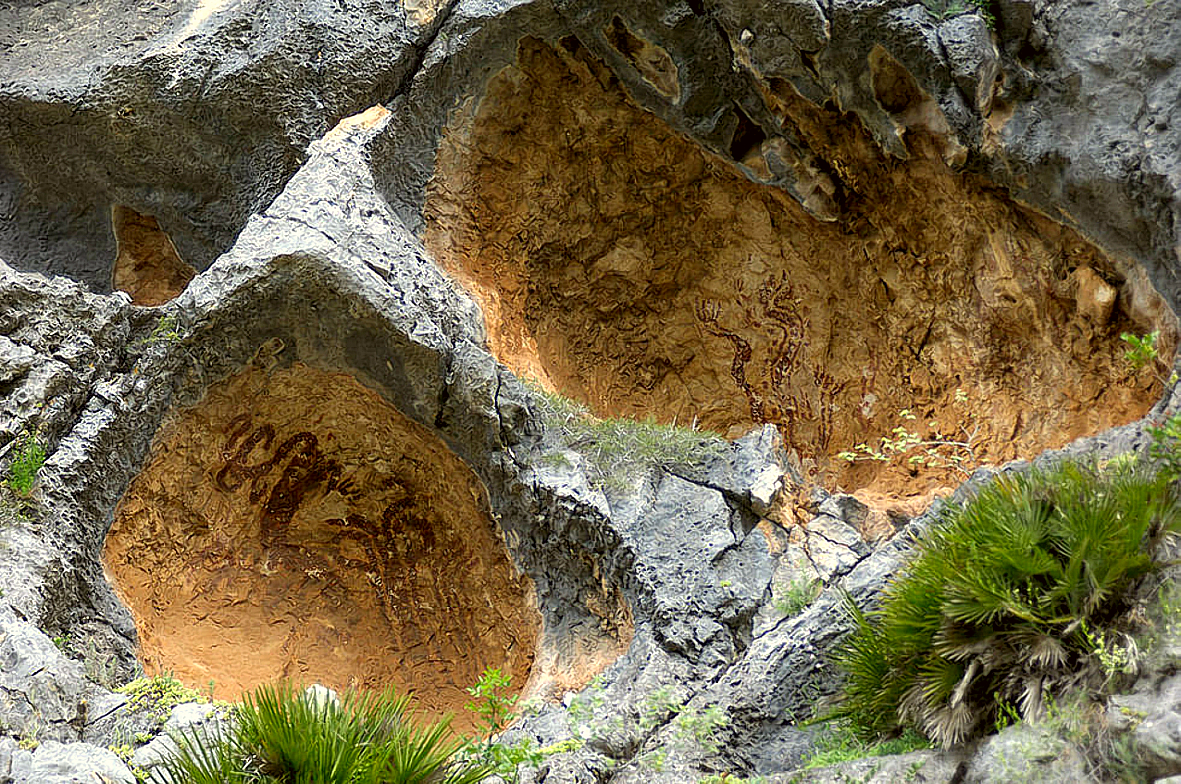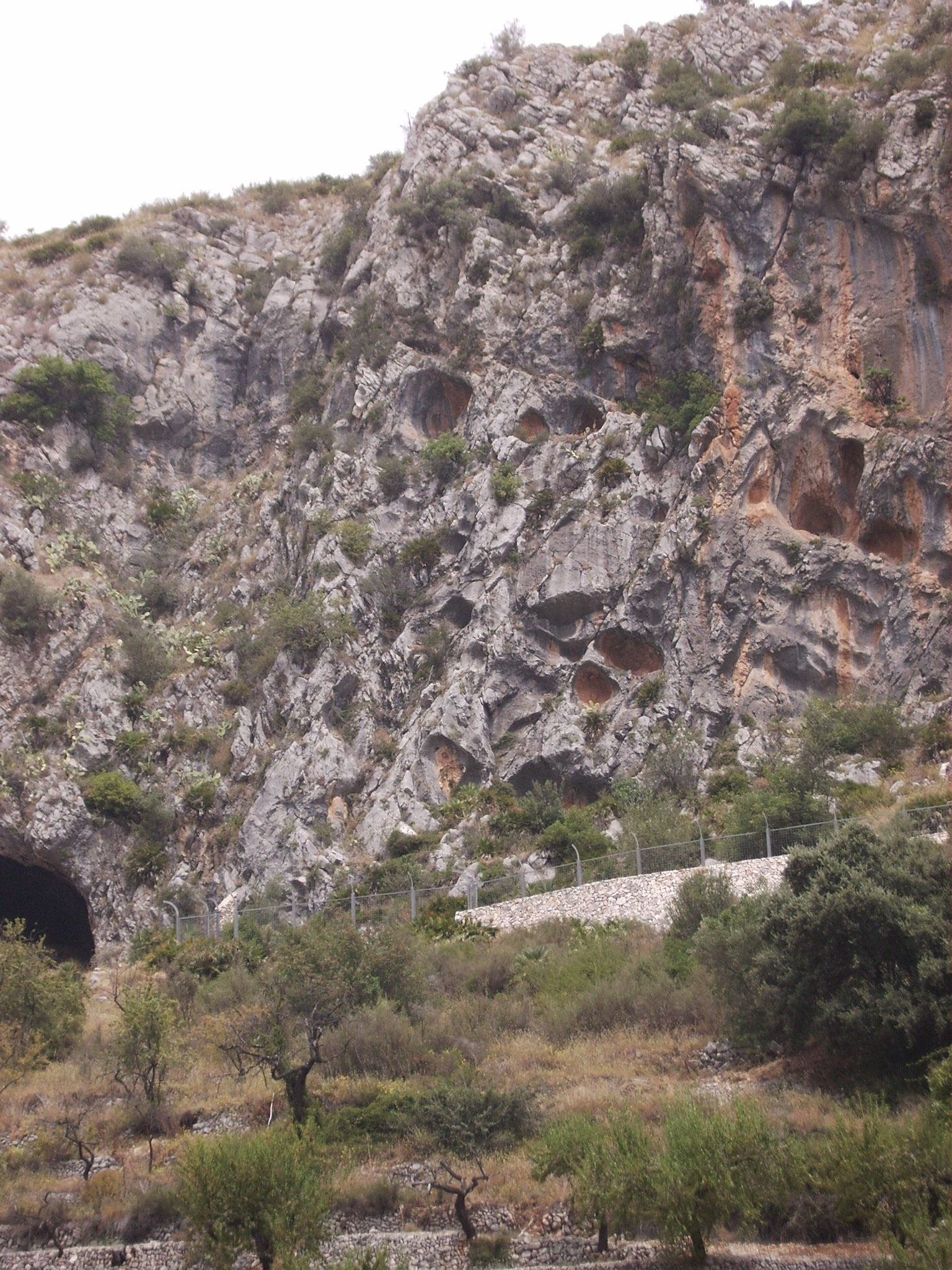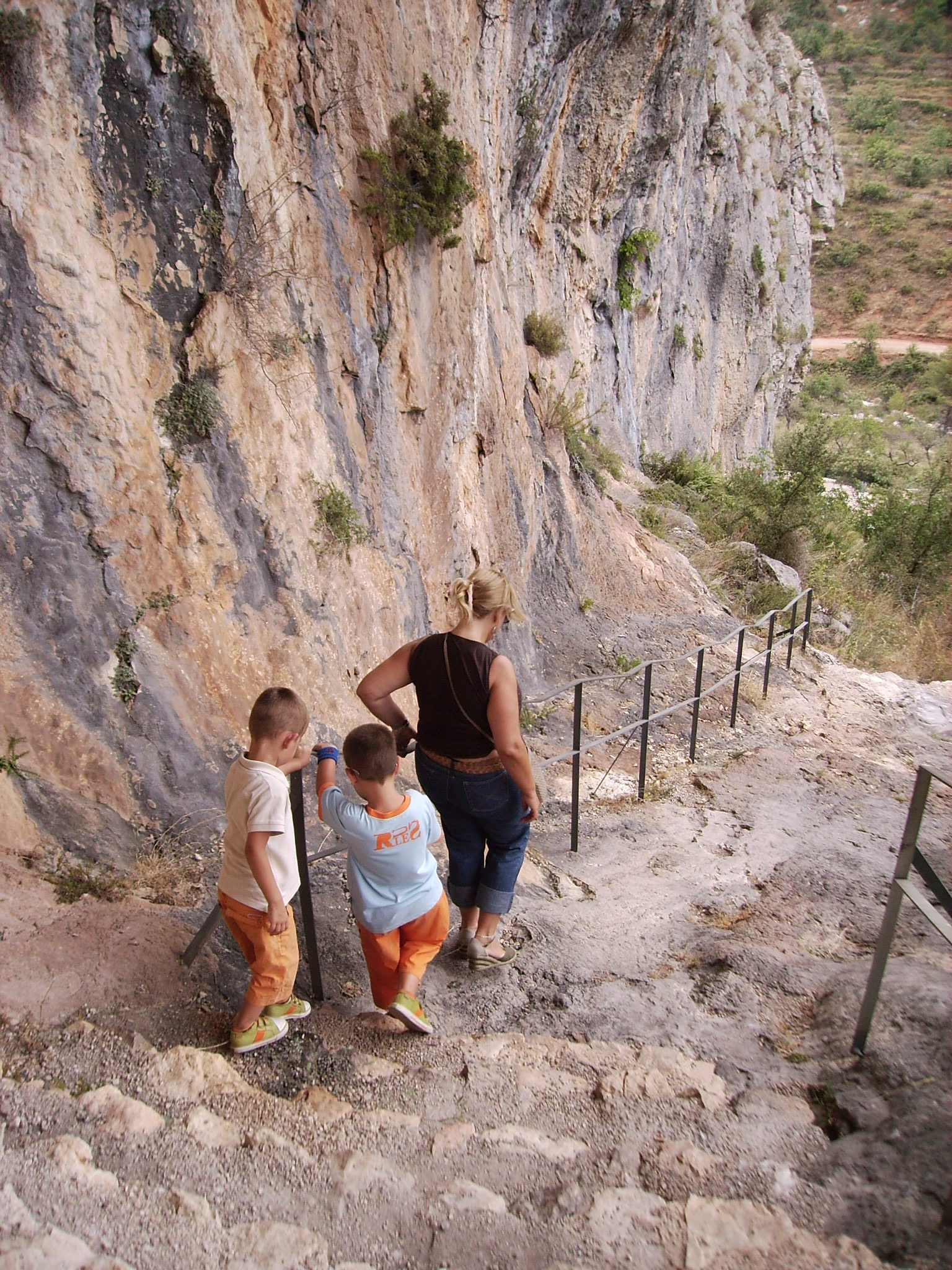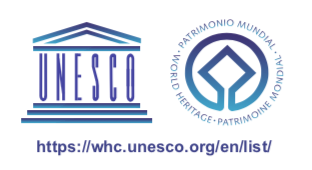Type of site:
Rock-Shelters
Place of location: Malafí Ravine, in Pla de Petracos
Village/Town: Castell de Castells
Municipality: Castell de Castells (Alicante)
Region: Valencia
State: Spain
Telephone: (+34) 965 518 067
Website: https://www.marqalicante.com/Paginas/es/Santuario-de-Pla-de-Petracos-P6-M10.html
E-mail: castelldecastells@castelldecastells.es
Natural Environment:
Macro-Schematic art is often in small, shallow rock-shelters, so that a single motif or the association of a few representations fill the entire available space, as at Pla de Petracos. In larger shelters, the representations tend to be in the centre of the wall or in the most significant part. The shelters are located in the limestone mountains in north-east Alicante province (about 500m above sea level), not too far from the coast. The landscape, with its dry Mediterranean vegetation is characterised by ravines with seasonal water courses.
Archaeological evidences in the site:
Pla de Petracos rock-art shrine consists of eight rock-shelters, where the paintings are perfectly visible in five of them. Macro-Schematic figures are seen in the four shelters near the base of the cliff. The main painting is a “praying figure” in a central position. It is opposite a large rock which could be connected with the significance of the representations. Another shelter on the right has a figure of a wounded stag, which would have been part of a hunting scene of which only the prey has been conserved. Together with the praying figures, there are geometric motifs, especially serpentiforms. They represent fecundity and fertility as the most important values of the first farming people. At the same time as the agricultural cycle is consecrated, female figures link women with fertility. Some animals represent other values, where the bull is the symbol of fecundity. The bull’s head is seen from the front, with prominent eyes and horns. A woman dressed in a long skirt is next to the bull, although her head has not been conserved.

